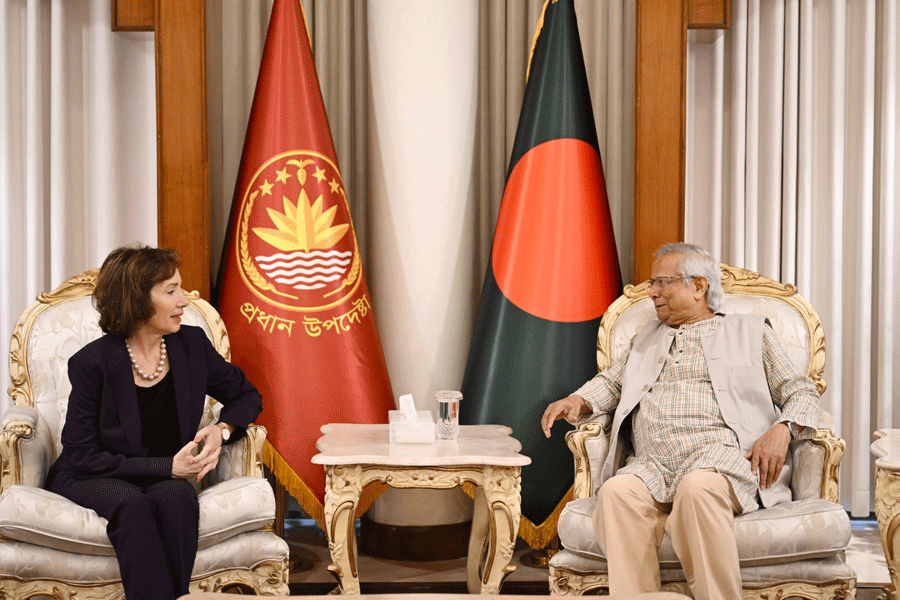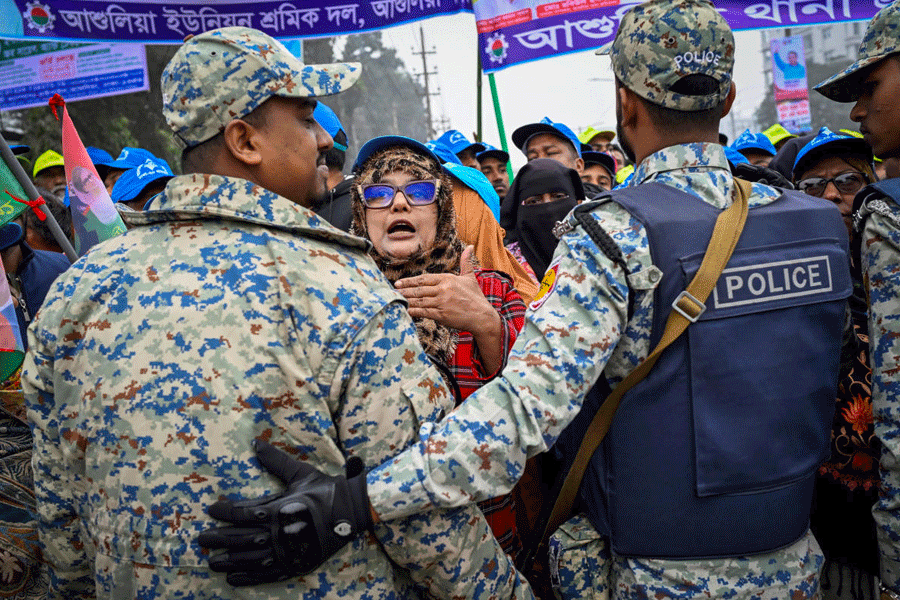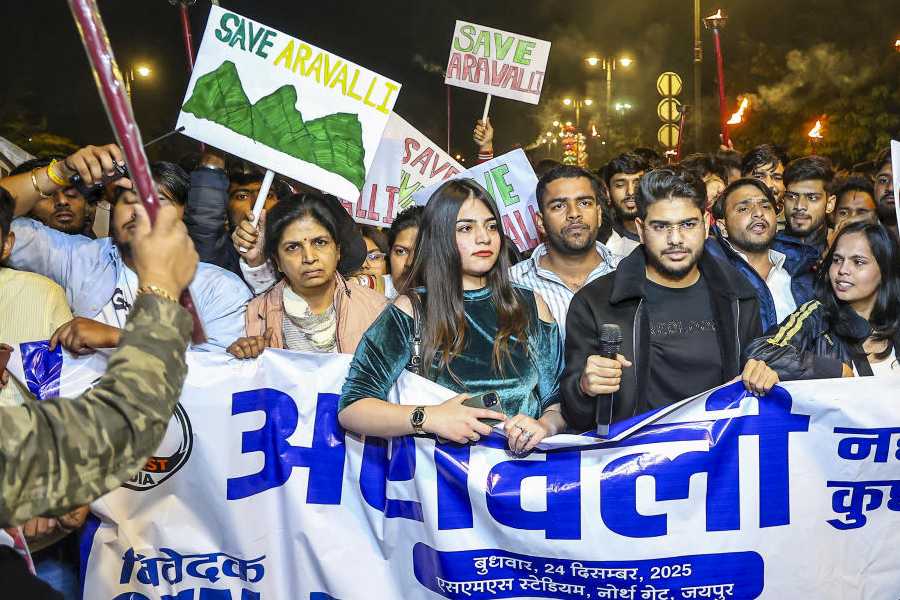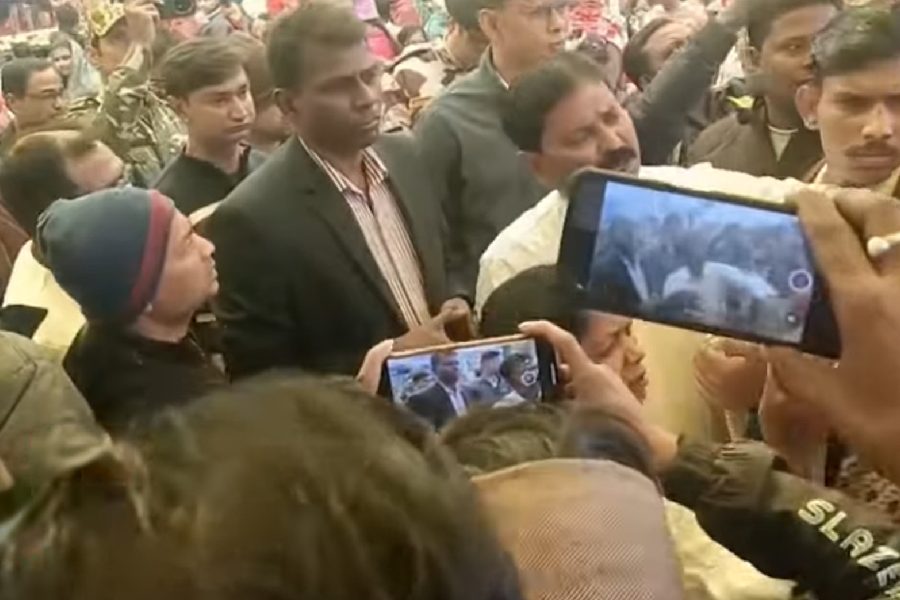Laws in the brave new world

• LEILA: A NOVEL (Simon & Schuster, Rs 599) by Prayaag Akbar packs quite a punch. Akbar writes of a city that nurtures the rich and powerful within the huge walls of a fortress, while those outside this protective imprisonment suffer endless pollution and filth. The citizens of this place pay mindless obeisance to a man - rather, a man-god - with a gristly beard who wears a waistcoat with gold embroidery. Akbar's descriptions of the setting can be slightly confusing, as he tries to pack in too much information. But there is enough intrigue to keep the reader hooked till the last page.
Akbar's dystopia seems eerily familiar, and not just because of its similarities with Aldous Huxley's Brave New World and George Orwell's Animal Farm. The resemblance between the reality in which we live and the horrific world that Akbar conjures up is striking. He deftly builds up the narrative, but in spite of its pace, the novel suffers from a touch of verbosity and several mixed metaphors.
• CYBER CRIMES AGAINST WOMEN IN INDIA (Sage, Rs 795) by Debarati Halder and K. Jaishankar is the result of exhaustive research on a subject that is fast becoming a security nightmare all over the world. The book explores the laws - and the lack thereof - for preventing and punishing cyber crimes against women. In eight, clearly marked-out chapters, the authors outline ways to combat, among other things, online sexual offences, privacy infringement, trolling and gender-based bullying. To help the reader get a better understanding of the subject, they use popular case studies like the harassment of the journalist, Sagarika Ghose.
The language of the book, however, is a problem. In certain long and muddled sections, it is impossible to discern what the writers are trying to say. In the introduction, for instance, it seems as though the authors are claiming that women who post "images defying Indian orthodox dress code" online have somehow given cyber criminals cause to attack them. In spite of the significance of the subject and the thoroughness of its treatment, the book makes for tedious reading.

• COURTING THE PEOPLE: PUBLIC INTEREST LITIGATION IN POST-EMERGENCY INDIA (Cambridge, Rs 495) by Anuj Bhuwania is an important work on the history of PIL in India, the changes that it has undergone since its inception, the effect it has had on the country's legal culture and the challenges it poses poses. Bhuwania writes that the concept of PILs in India was born out of the Supreme Court's attempt to make up for its abnegation of constitutional values during the Emergency. Through a selection of cases the author chronicles the complex history of PILs. With a critical eye, he looks at cases where the 'conscience' of the court may have made it go out of its way to ensure a 'just' outcome, but which set dangerous precedents of 'loose law' that go beyond the case in question, and have the potential to affect other cases in the future.










